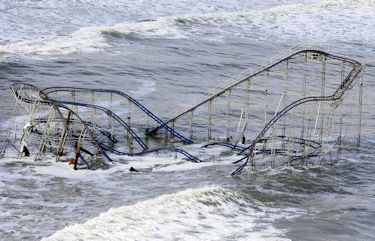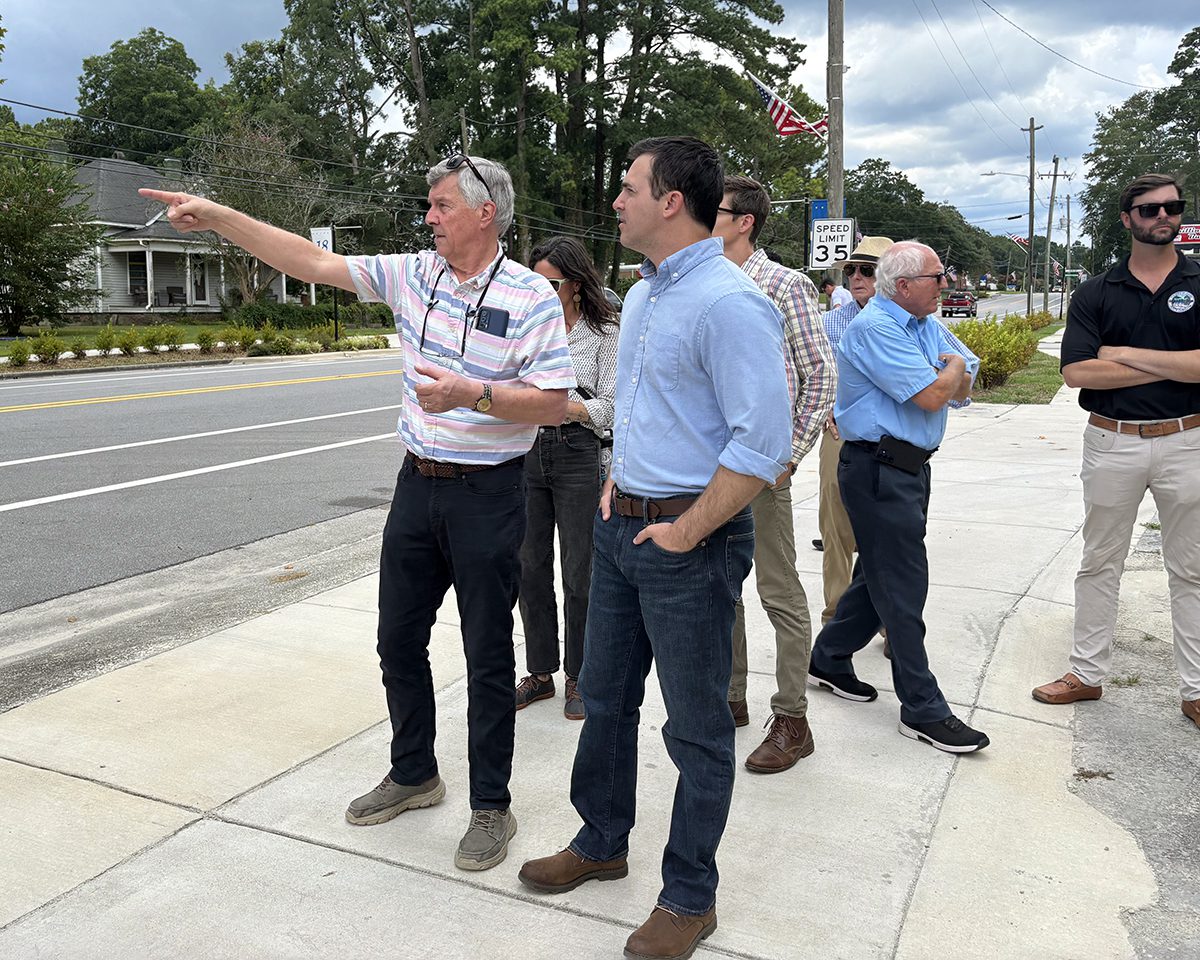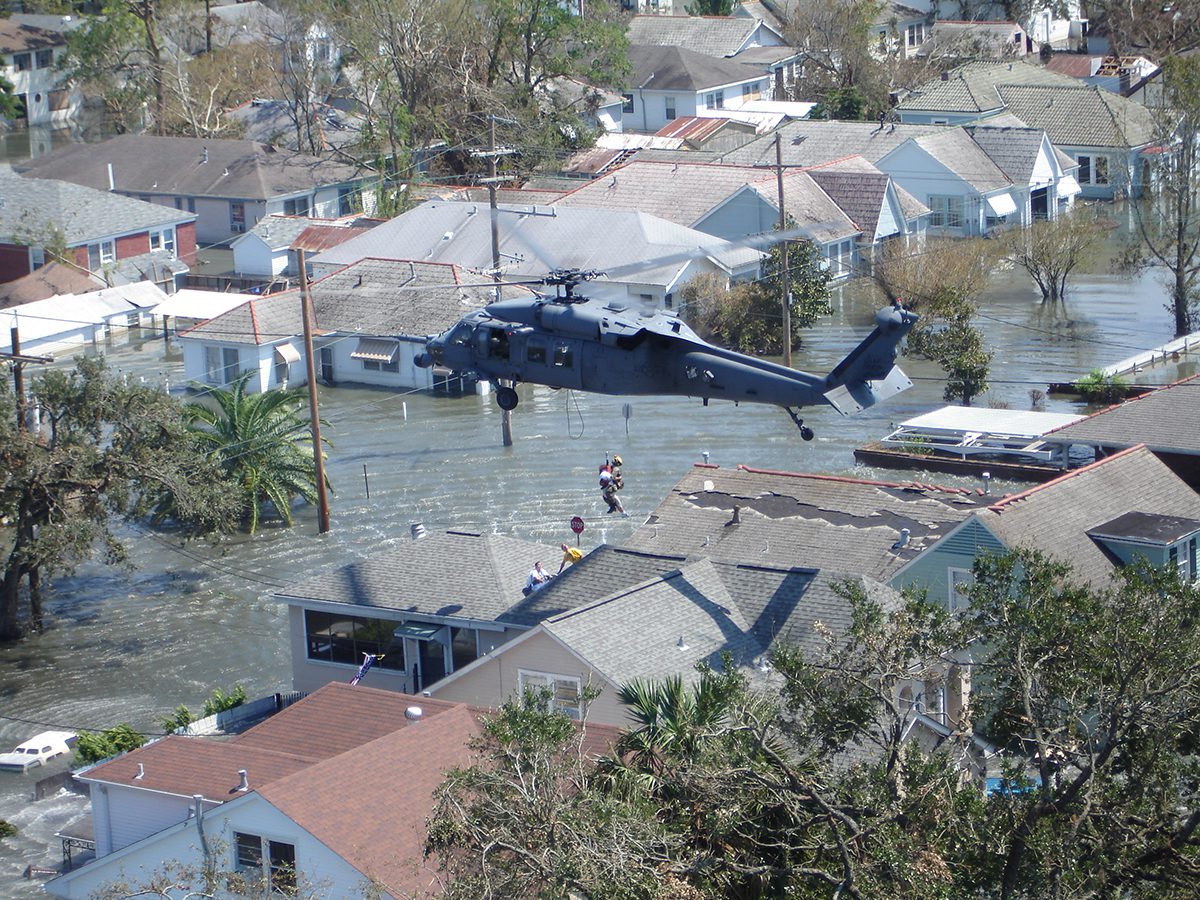‘Shored Up’ ShowingsA showing of “Shored Up” is scheduled for 7 p.m. Wednesday, Jan. 22, in the University of North Carolina-Wilmington’s Lumina Theater. The showing, sponsored by the N.C. Coastal Federation, is free and tickets can be picked up at the theater, starting at 6 p.m. on the day of the showing. A panel discussion will follow the movie. Supporter SpotlightAnother showing is scheduled at N.C. State University on 7 p.m. Wednesday, Feb. 5, at the Hunt Library on the Centennial Campus. The federation and Capitol Broadcasting Co. of Raleigh are sponsoring a showing on Thursday, Feb. 6, from 7-9 p.m. at the Full Frame Theater in Durham. That showing is also free. The documentary has been in front of a number of audiences along the Atlantic coast, including an early November showing at the N.C. Aquarium at Fort Fisher in Kure Beach. It has been aired nationally on DirectTV’s Something to Talk About documentary series. |
North Carolina was supposed to be the good example in a documentary that examines climate change and its projected effect on sea-level rise and super storms.
Supporter Spotlight
Little did film director Ben Kalina know when he and his crew arrived in North Carolina in early 2012 to shoot portions of “Shored Up” that the political climate here on sea-level rise was about to put the state in the national spotlight and raise the stakes in an ongoing debate about the realities of global warming.
 Ben Kalina |
“Shored Up” looks at the issues coastal communities in New Jersey and North Carolina, specifically Long Beach Island, N.J. and the Outer Banks, face with the prediction of more intense hurricanes and a rising sea. Folded into the story is what has become a highly polarized debate about global warming and an economic drive to rebuild in storm-ravaged areas and develop on sensitive coastal lands.
The feature-length film includes footage taken in the wake of Superstorm Sandy, which devastated the Jersey shore in 2012.
“My goal is to get people to think about what climate change is going to mean to them and how we’re going to start to grapple with it,” Kalina said. “When they hear climate change they think of global warming and something that is far away. This film gets audiences to immediately start thinking about what this means locally. The sea-level rise projections that the film talks about are pretty dramatic along the coast.”
Kalina wanted to show how North Carolina’s coastal policies planned for the long term as opposed to New Jersey.
“New Jersey developed real close to the edge, but places like North Carolina haven’t developed their coastline as heavily,” he said. “North Carolina had erosion setback rates for development. There are a lot of different policies that have been put in place over time.”
Shortly before heading south to start shooting, Kalina found out the N.C. Coastal Resources Commission was holding a meeting. During that meeting in 2010, the CRC’s Science Panel on Coastal Hazards projected that, based on current scientific evidence, sea levels could rise 30 inches by 2100.
The report ignited a simmering debate that erupted in the N.C. General Assembly in 2012 with House Bill 819, which initially outlawed accelerated sea-level rise in state planning. The bill’s supporters argued that tide gauges were more reliable indicators of future sea-level rise than computer model. The history of those gauges indicated a rise of no more than eight inches this century and that sea levels are receding in some coastal areas.
H.B. 819 grabbed the attention of the national media. It was poked fun at on Comedy Central’s “The Colbert Report,” a clip of which is featured in “Shored Up.”
Legislators later passed a more moderate bill, which bans planning for sea-level rise for four years.
Kalina said he did not set out to make a politically-charged documentary, one with an array of interviews with scientists, environmentalists, surfers, politicians and global warming protagonists whom discuss their views on everything from coastal development to the sea-rise debate.
Stan Riggs, the N.C. coast’s preeminent marine geologist and a member of the CRC’s science panels, talks extensively in the film and vents his frustrations about how the panel’s report was received by state lawmakers. The N.C. Coastal Federation’s Tracy Skrabal, a coastal scientist, discusses development along the N.C. coastline. Also featured is a NC-20 representative. That group represents development interests and some counties along the coast.
 This photo of a roller coaster at Seaside Heights, N.J., that fell into the Atlantic Ocean became an iconic image of an iconic storm, Sandy. Photo: Mike Groll, AP |
“I think North Carolina in many ways is kind of the epicenter of the debate right now,” Kalina said.
One venue where the discussion, at least not from information provided in “Shored Up,” is unwelcome is at the N.C. Museum of Natural Sciences in Raleigh.
In November, the museum’s management decided to cancel a showing of the film.
Museum Director Emlyn Koster said in a statement that he and the museum’s program committee based their decision on whether the hour-long film was the “best way to present an important issue” to its visitors.
“It would be a disservice to the people of North Carolina who generously funded the construction of the museum, and who are joined by other visitors from all other U.S. states and numerous other countries, if we were to maintain that showing one organization’s film constituted a comprehensive approach to an issue as significant and complex as sea level science,” Koster’s statement read.
Koster stands by the decision and does not plan to show the film, said Emelia Cowans, the museum’s assistant communications director.
The film has received high marks among film critics, including a review in Variety, which describes the documentary as one that, “eschews hysteria, preachiness and self-importance in favor of calm, persuasive scientific arguments.”
“At this point I’m pretty happy with what the documentary is doing in terms of generating a conversation,” he said. “Climate change is something, I think, seems really abstract. What it really boils down to is, are we planning for the here and now or are we planning for the future.”







